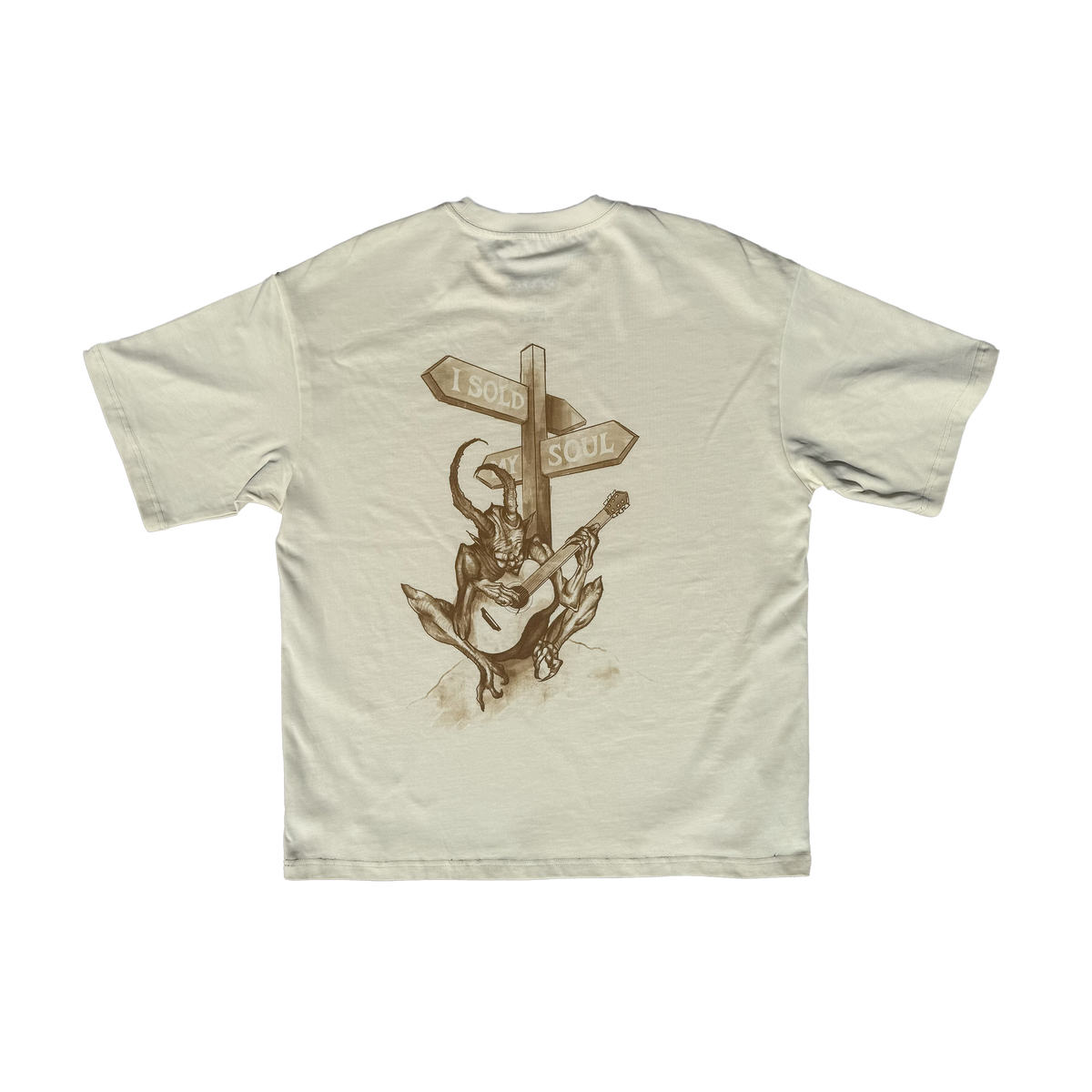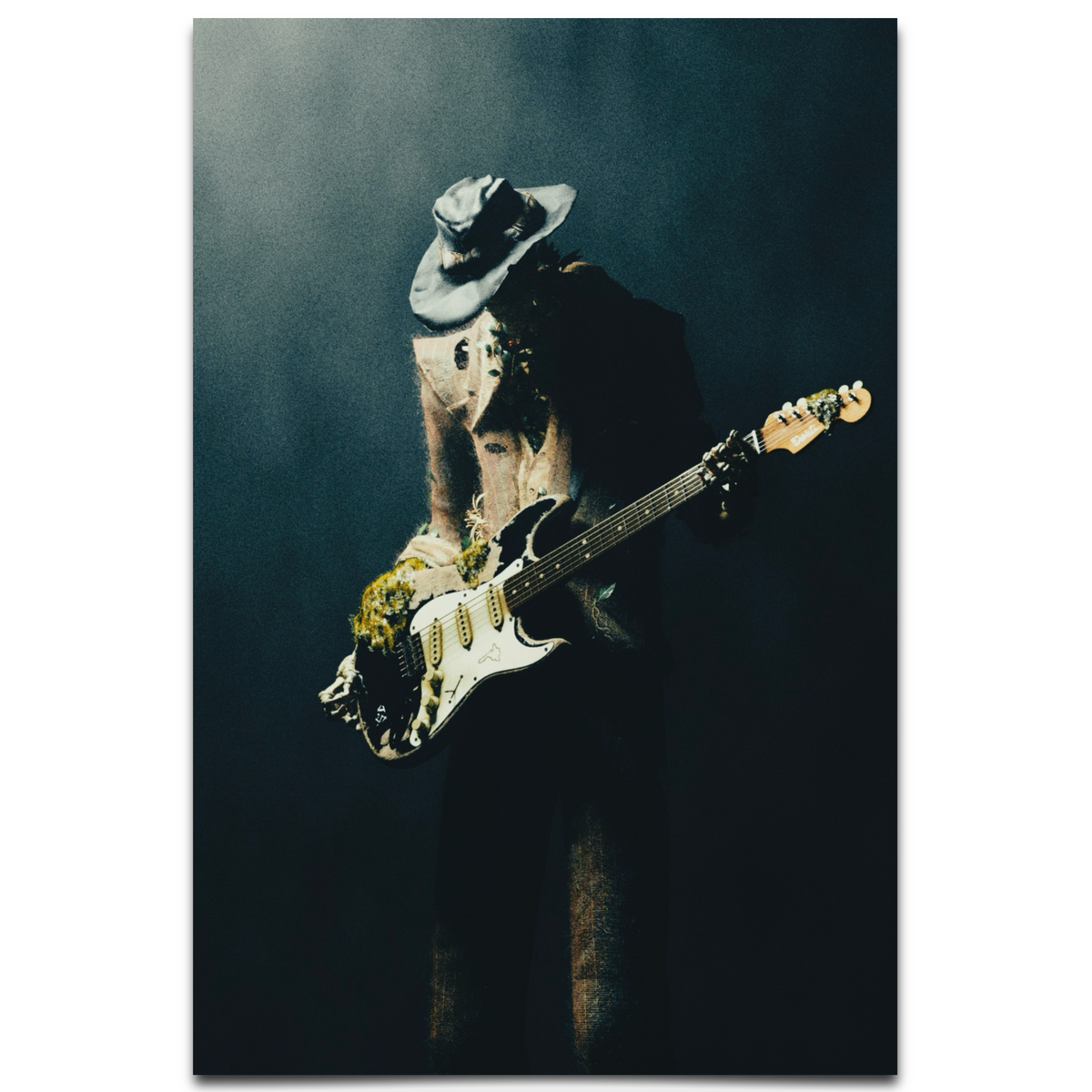If you’ve ever fiddled with the knobs on a guitar amp, you’ve probably noticed the EQ settings—usually labeled as Bass, Mid, and Treble. These controls are powerful tools for shaping your guitar’s sound, allowing you to dial in everything from a warm, mellow tone to a bright, cutting edge. But how exactly do they work, and what do they do to your sound? Let’s break it down in a simple, practical way.
EQ, short for equalization, adjusts the balance of different frequency ranges in your guitar’s audio signal. Think of frequencies as the building blocks of sound—low frequencies handle the deep, boomy tones, while high frequencies cover the crisp, sharp notes. By tweaking the EQ settings on your amp, you’re essentially boosting or cutting these ranges to sculpt the tone to your liking. Most guitar amps have a three-band EQ system, and each knob has a specific role.
Bass: This controls the low-frequency range, typically below 250 Hz. Turning up the Bass knob adds depth and warmth to your sound, emphasizing the lower notes of your guitar. It’s great for thick, heavy tones often used in rock or blues. However, too much Bass can make your sound muddy, especially if you’re playing with distortion. Dial it back if things start sounding unclear.
Mid: The Mid control handles the middle frequencies, usually around 500 Hz to 2 kHz. This range is where a lot of your guitar’s character lives—it affects the “body” of your tone. Boosting the Mids can make your guitar sound fuller and more present, which is useful for cutting through a band mix in genres like punk or classic rock. Cutting the Mids, on the other hand, creates a scooped sound often favored in metal, where the focus shifts to Bass and Treble.
Treble: This knob adjusts the high frequencies, generally above 2 kHz. Increasing Treble adds brightness and clarity, making your notes sparkle and giving your tone a sharp attack—perfect for clean tones or jangly indie riffs. Too much Treble, though, can make your sound harsh or tinny. If it’s piercing your ears, ease off a bit.
So, how do these settings change your guitar sound in practice? It’s all about balance. For a warm jazz tone, you might boost Bass and Mids while keeping Treble low. For a biting lead tone in hard rock, crank up the Mids and Treble with moderate Bass. Metal players often scoop the Mids for that aggressive, punchy sound with heavy Bass and Treble. The key is experimentation—every amp, guitar, and player is different, so tweak until it feels right.
One last tip: EQ settings interact with other amp controls like Gain or Volume, as well as your guitar’s pickups and effects pedals. If you’re using heavy distortion, for instance, you might need to cut Bass to avoid muddiness. Play around in different contexts to see how the EQ responds. With a little practice, you’ll be shaping tones like a pro.
























